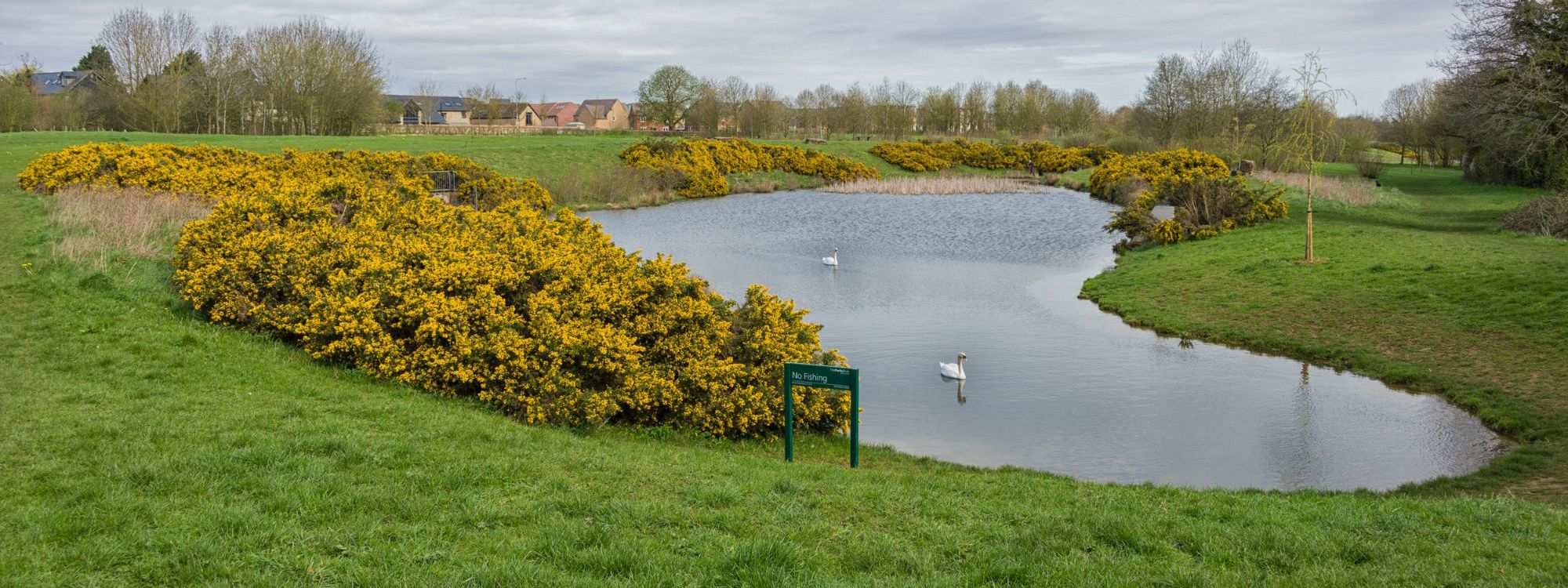
Milton Keynes' parks are home to over 300 ponds. They are important habitats for dragonflies and other wildlife, including the great crested newt, a protected species.
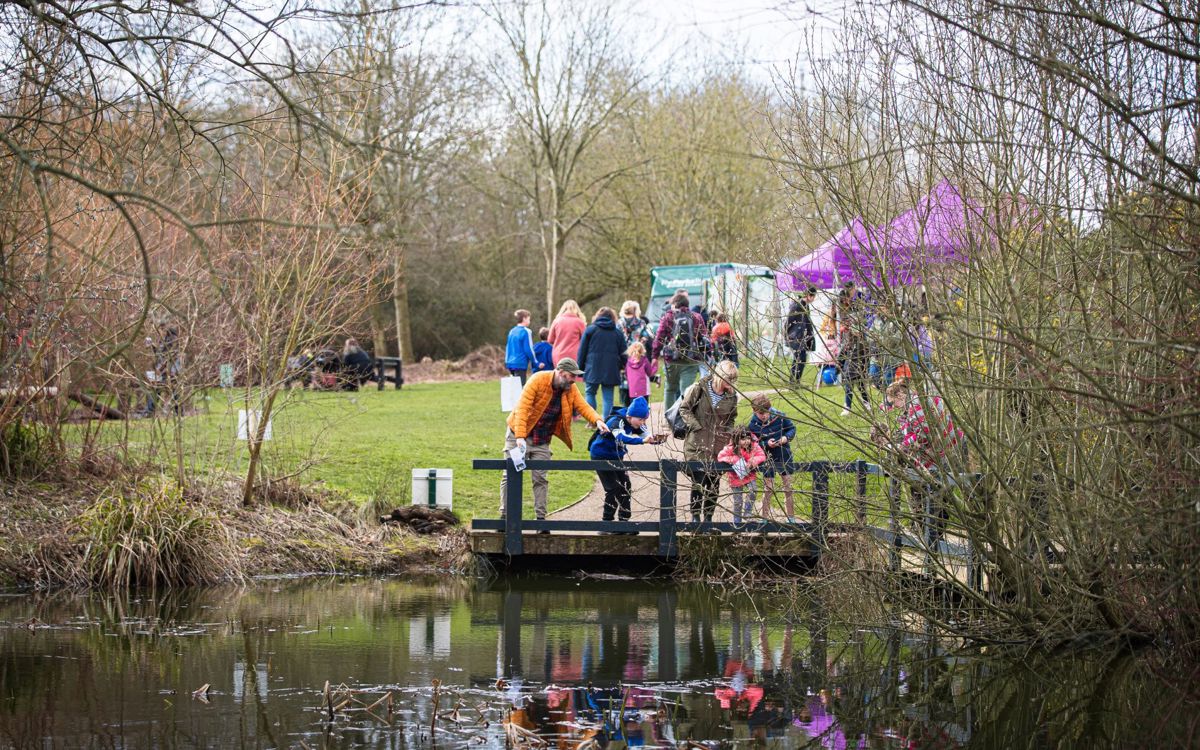
A pond is a relatively small body of fresh still water, either natural or designed. As well as their significant role in supporting wildlife, ponds also serve as reflective and tranquil places for us to enjoy.
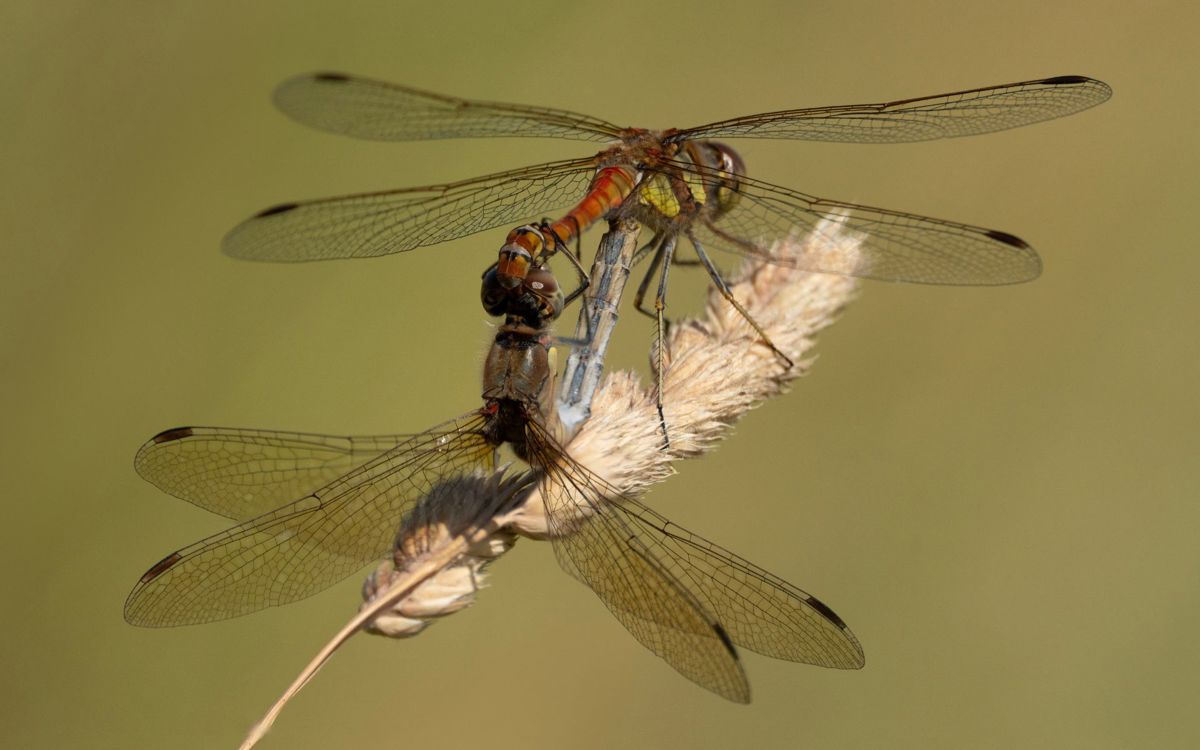
Ponds are one of the single best ways of bringing more wildlife into an area. Whether in open parkland or your garden, ponds provide an essential habitat for plants, invertebrates, fish, birds, amphibians and mammals. Ponds are a key tool in improving biodiversity and range in their size and location. Compared to lakes, ponds support a similar number of aquatic plants to lakes and even more invertebrates!
In the summer months, ponds are alive with insects skimming the surface and plants in full bloom, but as autumn heads into winter, ponds can appear lifeless. In fact, this is the time of year for amphibians to search for damp places to hibernate and ponds and pond edges may provide the ideal location for this. Beneath the surface, snails, cased caddis-fly and other insect larvae will be feeding off the vegetation and decaying organic matter (detritus). All of these are indicators of good water quality and habitat. Several species of water beetle and dragonfly larvae can live two or more years in the water, so throughout the winter our ponds are still teeming with life.
Research from The Wildlife Trusts found half a million ponds have been lost over the last 100 years and 1 in 5 remaining ponds are thought to be in poor condition.
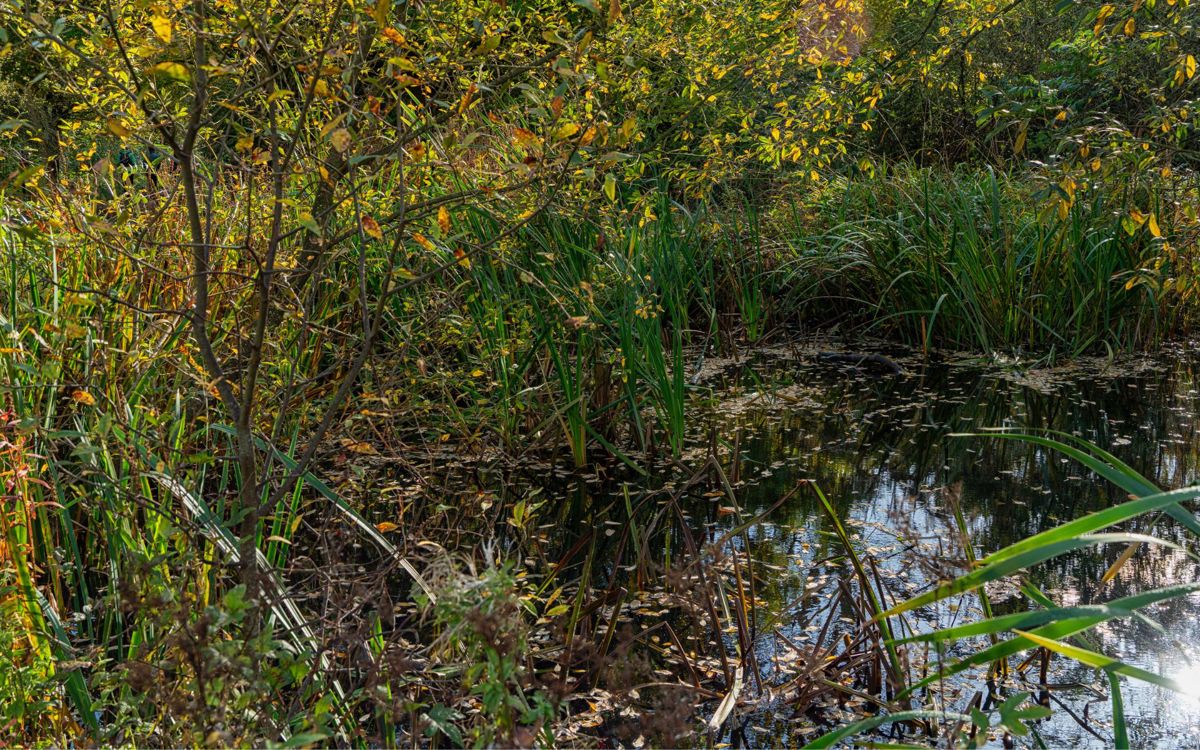
The ponds we care for are mainly naturally formed, created for wildlife, or designed and constructed for Sustainable Urban Drainage Systems (SUDS). SUDS ponds can generally be found cascading mainly through linear parks within estates such as Brooklands Meadow Park or Oakgrove. Whereas natural ponds and ponds created for wildlife will be in the wider parkland such as those found in Waterhall Park, Middleton Park, or our nature reserves.
All ponds are good for wildlife in some way; however, some ponds have greater wildlife value than others. Value for wildlife is driven by clean water entering into the ponds, good light levels, with very low levels of natural disturbance. So natural ponds, and ponds created specifically for nature, that have clean water are better for wildlife than SUDS ponds that take road and other hard surface runoff. Clean water ponds are sensitive habitats and can easily be damaged and lose their wildlife value by pollution of the water, overshading by vegetation, or disturbance of sediment. This is why we request dogs are kept out of ponds, as dogs create lots of sediment disturbance when they enter and play in ponds.
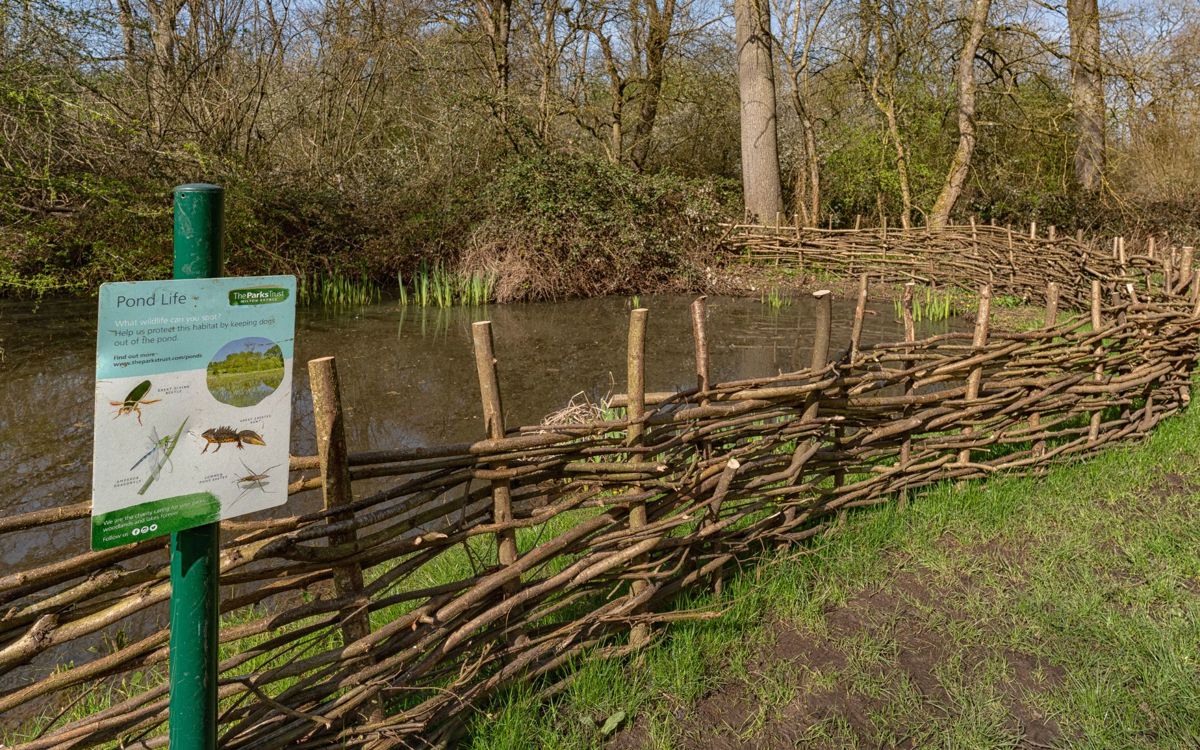
As ponds are complex and delicate environments, that rely on a balance of the right conditions to thrive. Left unmanaged, ponds will also go through a process called succession, where they will eventually dry up, scrub over, then become wooded, losing all the valuable aquatic habitat that freshwater and terrestrial species rely on. To ensure we manage ponds for good ecological condition, we have an extensive monitoring programme to assess our ponds quality and identify any management activities needed.
Activities you might see us undertake include tree and scrub management around ponds to manage the light levels, digging out ponds that have sedimented up to restore standing water, cutting reeds, or fencing and dead hedging to help minimise disturbance of the sediment. Whilst these might often look quite destructive, they are necessary to ensure the ponds continue to be a valuable habitat for wildlife now and into the future.
Ponds also have an important function as ecosystems for learning and exploration and Parks Trust volunteer groups can be seen sprucing up ponds in the winter months. With so many to look after, our adult practical conservation volunteers and Youth Rangers will tackle a few ponds each year, working with staff to remove litter, broken reeds and overgrown vegetation from the surface of the pond, improving the light levels and water quality.
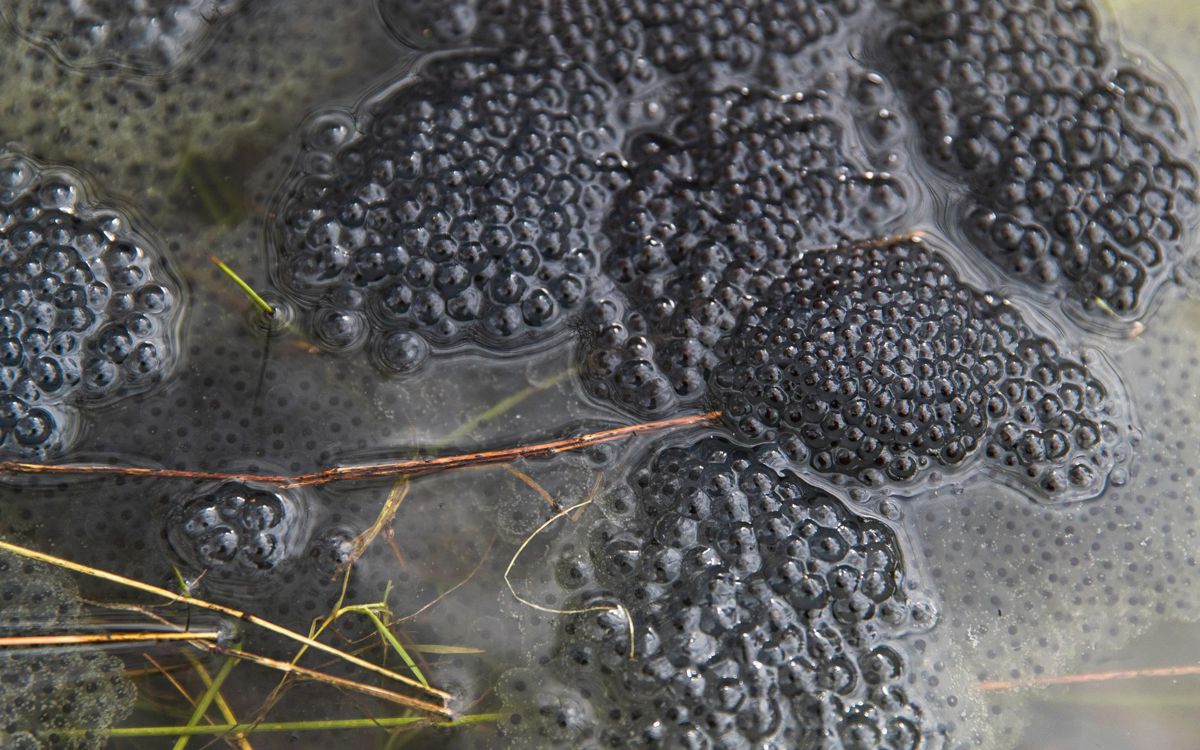
The main way to look after your local ponds is by looking after the environment, please take your litter home and keep dogs out of the water in the parks to prevent harm to the ecosystems. Please do not remove any spawn from the ponds to prevent harm to local wildlife.
You can try to improve the wildlife habitat in your garden by creating a pond. You can build a pond at any time of year, although you may not attract new wildlife until the next spring. The pond can be as modest or elaborate as you like. It can be as simple as a washing up bowl or old sink, some stones, fresh rainwater and a mammal ladder for ease of escape.
We have created a step-by-step guide to help you build a mini pond in your garden. This is a great activity for families as children will have a chance to create a habitat where wildlife can be monitored.
Let us know what you're doing to help local wildlife on social media by tagging @theparkstrust!
